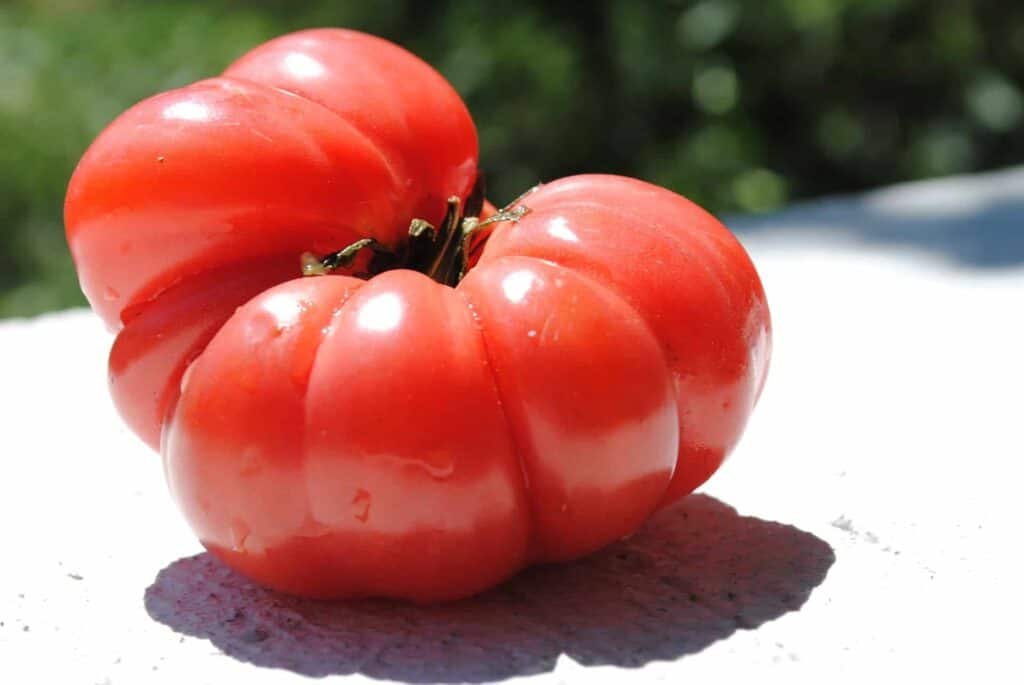
Approaching the last six to eight weeks of our active growing season, it’s time to take a critical look at your greenhouse and assess which crops need a little extra maintenance to help them along.
For example, I just came back from a two-week sea kayaking trip and found that the cabbage plants had developed nice firm heads, but the broccoli was all leaves and not much broccoli.
So I will add a bit of fertilizer with a higher content of potash and phosphorus to increase the size of the broccoli heads. The leaves look impressive, to be sure, but I want to eat the vegetable not the leaves.
Although I have only two tomato plants, one is producing lots of tomatoes; the other, lots of side shoots and foliage. In the last two weeks it tripled in size, which would be wonderful if I wanted to eat the leaves.
I’ll haul out the machete and give that plant a good pruning and follow it up with a dose of phosphorus fertilizer in the hopes of acquiring more flowers and, consequently, more fruit.
Pruning the lower leaves of tomato plants also helps air circulate around the plants, and some pruning of the suckers and side shoots will open up the plant so the fruit is not hidden under dense foliage. Being exposed to more light will hasten ripening.
Cultivating around and between plants is another good idea at this point in the growing season. This practice helps aerate the soil as the soil tends to pack down a bit after lots of watering.
If growing herbs, start using or drying portions of the plant as it will continue to grow, giving you more than one picking. The same holds true for celery; start using the outer stalks of the plant. Celery will continue to grow, giving you a continuous supply of this healthy vegetable.
Be aware of the fact that, as we move into August, nights may be getting chillier and this will certainly slow down production in the greenhouse. Remember, the flavour of tomatoes is enhanced by warmer temperatures.
I remember getting up at 6 a.m., stumbling out to the greenhouses and cupping my hand around a tomato that had a light greenish–whitish tinge to it (the last stage before turning red), and if it felt cold to the touch, I had to start the stove to provide heat even though I knew that in three hours or so we would be ventilating the greenhouse.
But if the fruit gets “too cold”, you lose the taste. The things one does for “tasty” tomatoes.
To finish off the season successfully, I would suggest most plants would be happy with another dose of plant food unless you are “feeding” your plants regularly with a water-soluble fertilizer.
Cultivating, pruning and thinning, as in thinning carrots and beets, which I know are probably in your outdoor garden, should be done now. Many people have been eating lettuce for some time now, but the outer leaves of vegetables such as spinach, Swiss chard and celery can be harvested as the inner core continues to grow.
Happy eating!




